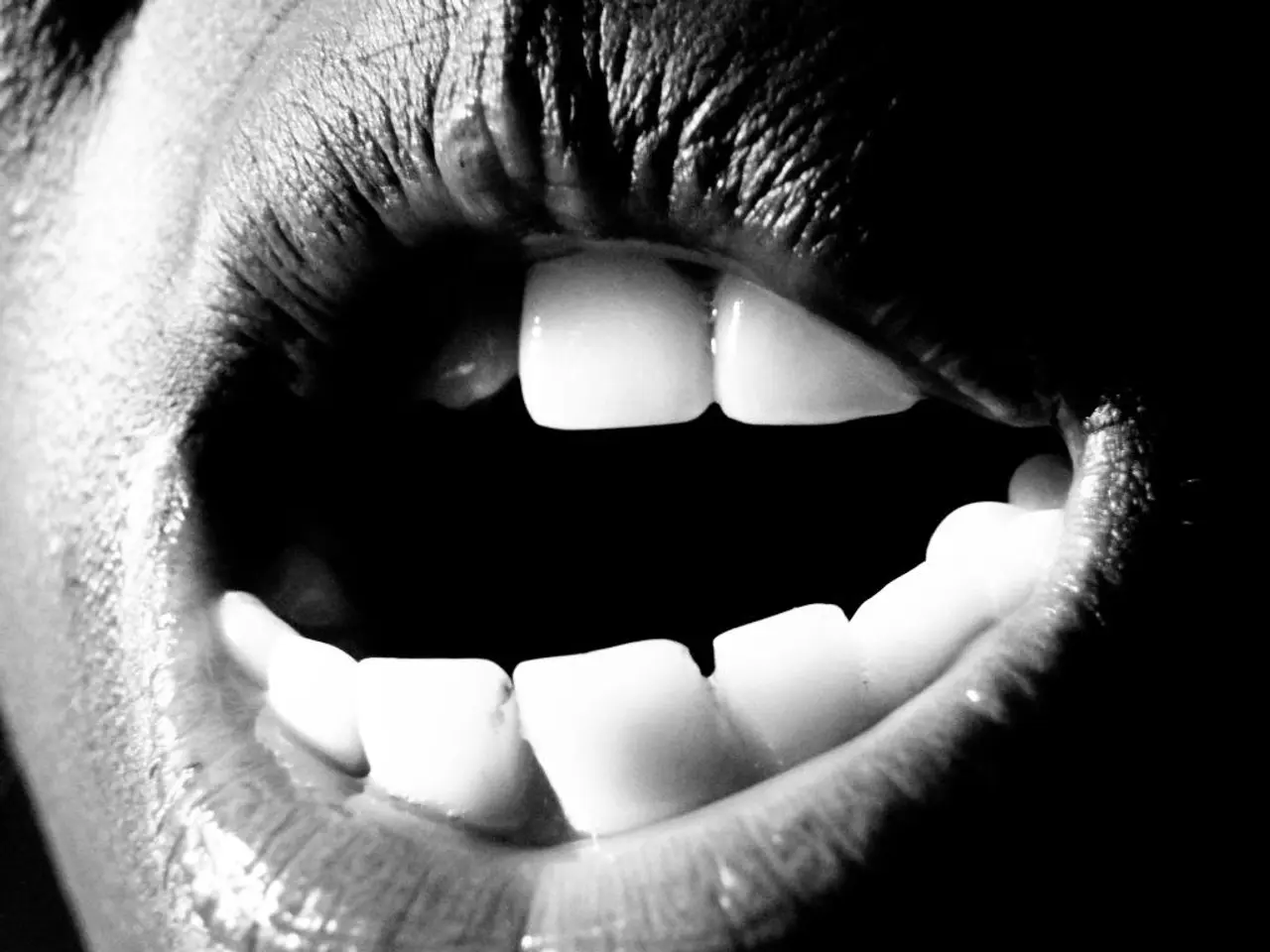Distinct Aspects of Psychoanalysis vs. Analytical Psychology: A Comparative Analysis
In the realm of psychology, two influential figures, Sigmund Freud and Carl Jung, have left indelible marks with their distinct therapeutic approaches. While both Freud's psychoanalysis and Jung's analytical psychology share common roots, they diverge significantly in their philosophical foundations, the structure of the psyche, and therapeutic methods.
Freud's psychoanalysis, established in the late 19th century, was primarily designed to treat neuroses by exploring unconscious conflicts, often stemming from early childhood experiences and sexual instincts. Freud's psychoanalysis is grounded in biological drives and psychosexual development, with the mind divided into the conscious mind and the personal unconscious, which houses repressed thoughts and memories.
On the other hand, Jung's analytical psychology, developed as a response to Freud's more limited perspective, offers a more holistic approach to the psyche and spirit. Jung's theory is more teleological-focused, emphasising purpose, meaning, and future growth. In Jung's framework, the unconscious mind is divided into two levels: the personal unconscious, containing repressed or forgotten experiences, and the collective unconscious, a deeper layer shared by all humans that houses archetypes, or universal patterns and symbols.
One of the most significant differences between the two approaches lies in their view of human motivation. For Freud, the unconscious mind is primarily a reservoir of repressed thoughts, desires, and traumatic memories, especially those with sexual or aggressive content. In contrast, Jung saw motivation as a broader quest for individuation — self-realization, integration of opposites, and meaning beyond basic instincts.
Therapeutic goals and methods also differ between the two approaches. Freud aimed to bring unconscious conflicts into consciousness to relieve neurosis. Jung’s therapy aims at *individuation* — a lifelong process of becoming whole by integrating conscious and unconscious contents, including shadow and archetypes, and finding deeper meaning in life.
In terms of the role of dreams, Freud analysed dreams mostly as disguised fulfillments of repressed wishes. Jung considered dreams as expressions of both the personal and collective unconscious, providing archetypal messages crucial for psychological growth and individuation.
Regarding the relationship with religion and spirituality, Freud largely rejected religion as a form of psychological neurosis, while Jung embraced spirituality and religious symbolism as real and psychologically meaningful expressions of the collective unconscious and crucial to healing.
In conclusion, the differences between Freud's psychoanalysis and Jung's analytical psychology reflect Freud's clinical focus on pathology and repression versus Jung’s broader exploration of the psyche, including inherited archetypes, spirituality, and individuation as central to psychological health. Both approaches can be helpful for trauma, but in different ways: psychoanalysis may focus on early developmental trauma and unconscious defenses, while analytical psychology may help clients reframe trauma through mythic or symbolic lenses, fostering deeper meaning and personal growth.
- The exploration of unconscious conflicts in Freud's psychoanalysis, rooted in psychosexual development, aims at relieving neurosis, offering a clinical approach to pathology and repression.
- In contrast, Jung's analytical psychology, with its focus on purpose, meaning, and future growth, uses a more holistic approach that includes the individual's spirituality and the collective unconscious for fostering personal growth and individuation.
- Two perspectives on human motivation can be found in the psychoanalytic and analytical psychology theories, with Freud centering on repressed thoughts and traumatic memories, while Jung views motivation as a broader quest for self-realization and meaning beyond basic instincts.
- Jung's therapeutic method, focused on individuation, encourages integrating conscious and unconscious contents, including shadow and archetypes, to find deeper meaning in life, while Freud's approach primarily aims to bring unconscious conflicts into consciousness.
- The treatment of trauma in both approaches differs, as psychoanalysis might focus on early developmental trauma and unconscious defenses, while analytical psychology may help clients reframe trauma through mythic or symbolic lenses, fostering a sense of psychological health, and personal growth.




